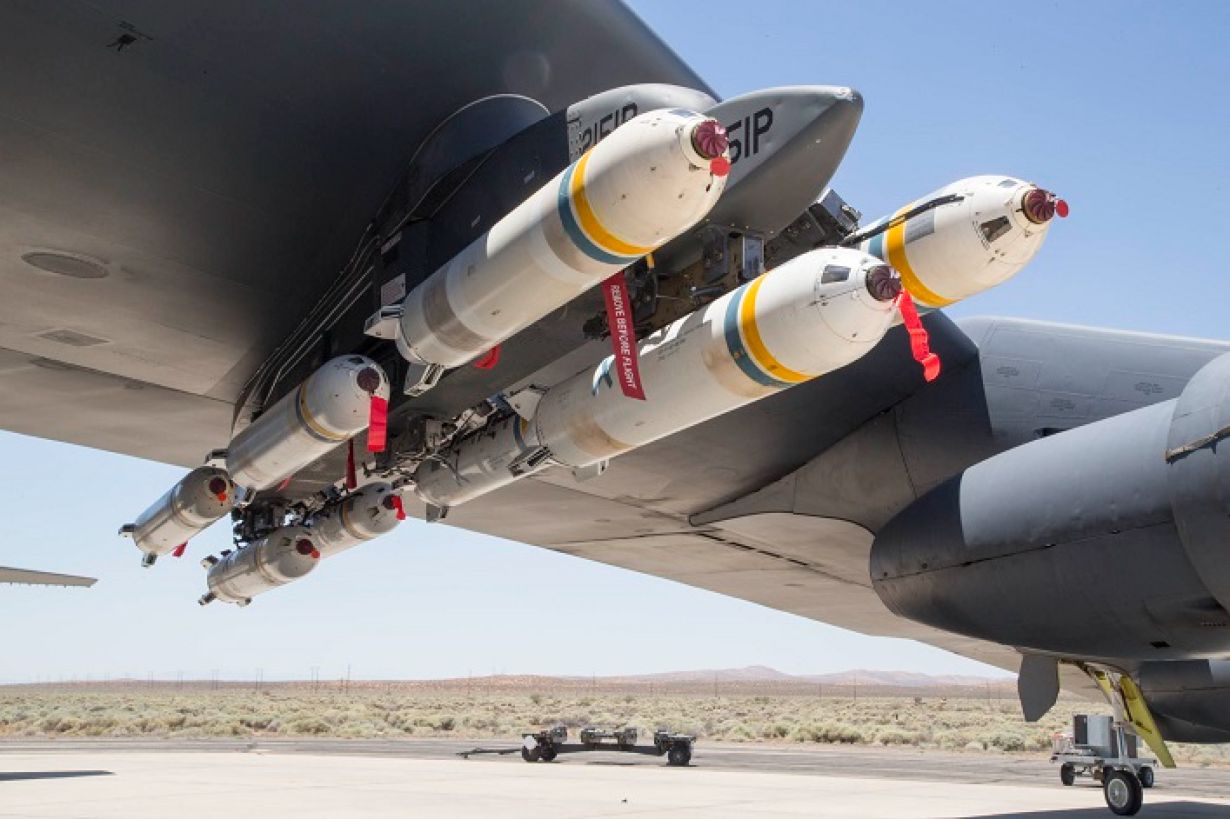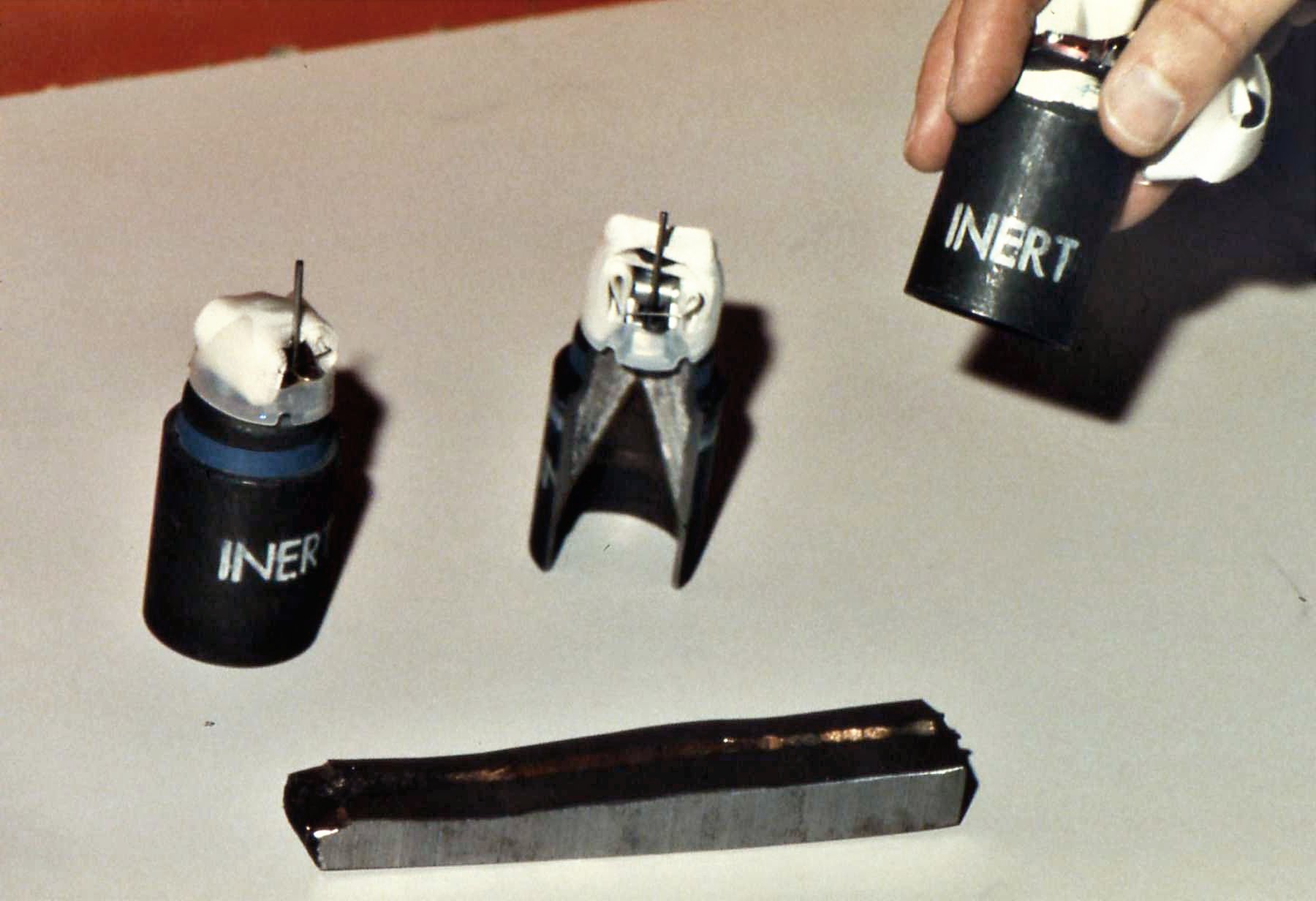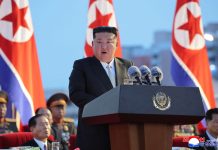After securing the Joint Direct Attack Munition-Extended Range (JDAM-ER) precision-guided bombs from the US, the embattled Ukrainian Armed Forces have now demanded lethal ‘cluster bombs’ known for causing widespread devastation.
According to two US lawmakers, Ukraine has increased the scope of its request and wants controversial cluster bombs that can drop anti-armor bomblets from drones on enemy targets.
Cluster bombs are weapons designed to be scattered over large areas, containing several hundred “mini-bombs” called sub-munitions.
These tiny bomblets or sub-munitions make no distinction between military or civilian targets and cause massive collateral damage. This is why cluster bombs have been outlawed by more than 120 countries.
On its part, Russia has reportedly defied all global criticism of its human rights violations against Ukrainians and has constantly dropped cluster munitions on Ukrainian cities. For instance, after losing control of Kherson, it allegedly dropped cluster munitions on civilian populated areas multiple times.
Kyiv has asked members of the US Congress to pressure the White House into approving the shipment of this lethal weaponry, but it is far from guaranteed that the Biden administration will agree.

US Congressmen Jason Crow and Adam Smith, both House of Representatives Armed Services Committee members, claim that Ukraine is looking to purchase the MK-20. However, Ukraine wants to employ the MK-20, an air-delivered cluster bomb, on drones to attack Russian positions.
The expectation of using cluster munitions on drones to strike Russia is intriguing. The Ukrainian Armed Forces have allegedly accelerated combat deployment and modified civilian drones to hit targets inside Russia.
Ukraine has refused to take accountability for drone attacks, but it has made no bone of its interest in multiplying the lethality of the drones in its arsenal. The move wouldn’t be a glaring departure from Ukraine’s strategies, as the military has extensively used weaponized drones of various varieties in its defense against Russian invasion.
However, adding a cluster munition could likely remain a pipedream due to the questions raised on its use by militaries at the expense of human rights violations.
US lawmakers informed Reuters that Ukrainian officials lobbied them at the Munich Security Conference. Kyiv has reportedly cited the argument that these cluster munitions are intended to give its military advantage in its grueling conflict with Russian soldiers in eastern Ukraine.
The demand comes when the battle in Bakhmut has become more intense and devastating by the day. According to reports, Russian forces are advancing fast to capture the Ukrainian city, which the NATO chief said could fall in days.

Ukraine’s Calls For Cluster Munitions Grow Louder
The Ukrainian government has repeatedly declared its wants for American cluster munitions over the months. The underlying reason, as per experts, is Kyiv knows it is rapidly exhausting its weapon stockpiles which generally take time to replenish even with NATO support.
NATO countries, led by the United States, have stopped short of granting these requests for their controversial nature. The Convention on Cluster Munitions is an international treaty prohibiting the use, transfer, production, and stockpiling of cluster bombs.
However, Kyiv continues to reassert its demands saying that it is not a party to any such convention.
According to reports, Ukraine had earlier called upon the US to transfer 155mm cluster bombs.
The US lawmakers have said that Ukraine needs the artillery rounds, known as Dual-Purpose Conventional Improved Munitions (DPICM), to stop the “human wave” assaults Russia has carried out in its months-long campaign to occupy the besieged eastern city of Bakhmut. There are 88 sub-munitions in each shell.

However, there hasn’t been any prior information about the petition for MK-20s, also known as CBU-100s. It is an airdropped conventional free-fall weapon that weighs little under 500 pounds. The bomblets’ 247 Mk 118 high-explosive, anti-tank (HEAT) submunitions are released when the canister carrying them opens mid-flight, hitting the target area below.
The distribution pattern of the bomblets on the ground beneath is determined by the height at which the canister is set to open.
Some members of the US Congress have also said that if Ukraine promised not to deploy these munitions as clusters, they might as well rally behind the demand. Further, some other lawmakers believe that sending the 155mm cluster munition would ease the burden of sending the 155m artillery rounds to Ukraine, which has become arduous since they are rapidly exhausted.
Furthermore, the MK-20 cluster bombs are no longer manufactured, but the US military still has a stockpile of the Cold War-era weapon. Ukraine has now focused on acquiring these controversial weapons from the United States.
- Contact the author at sakshi.tiwari9555 (at) gmail.com
- Follow EurAsian Times on Google News




